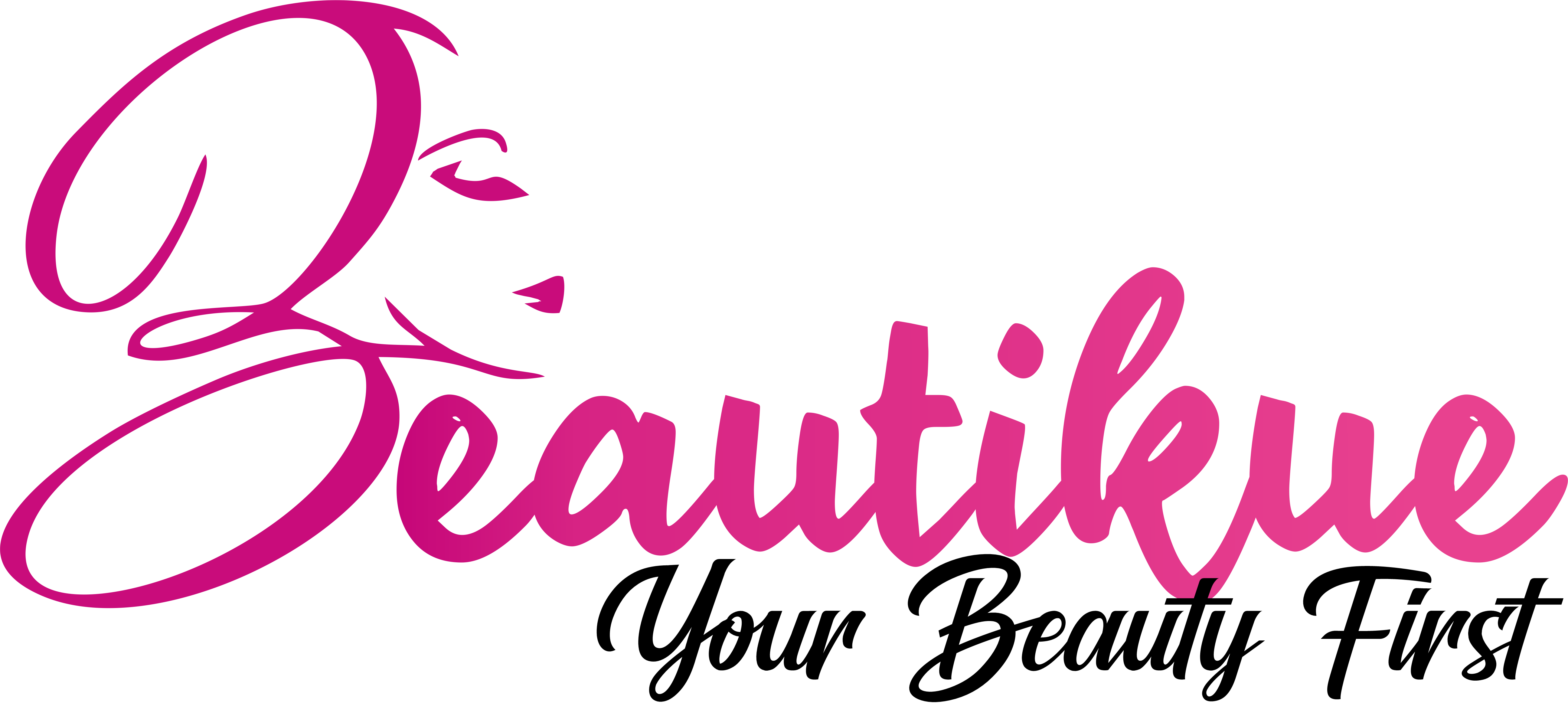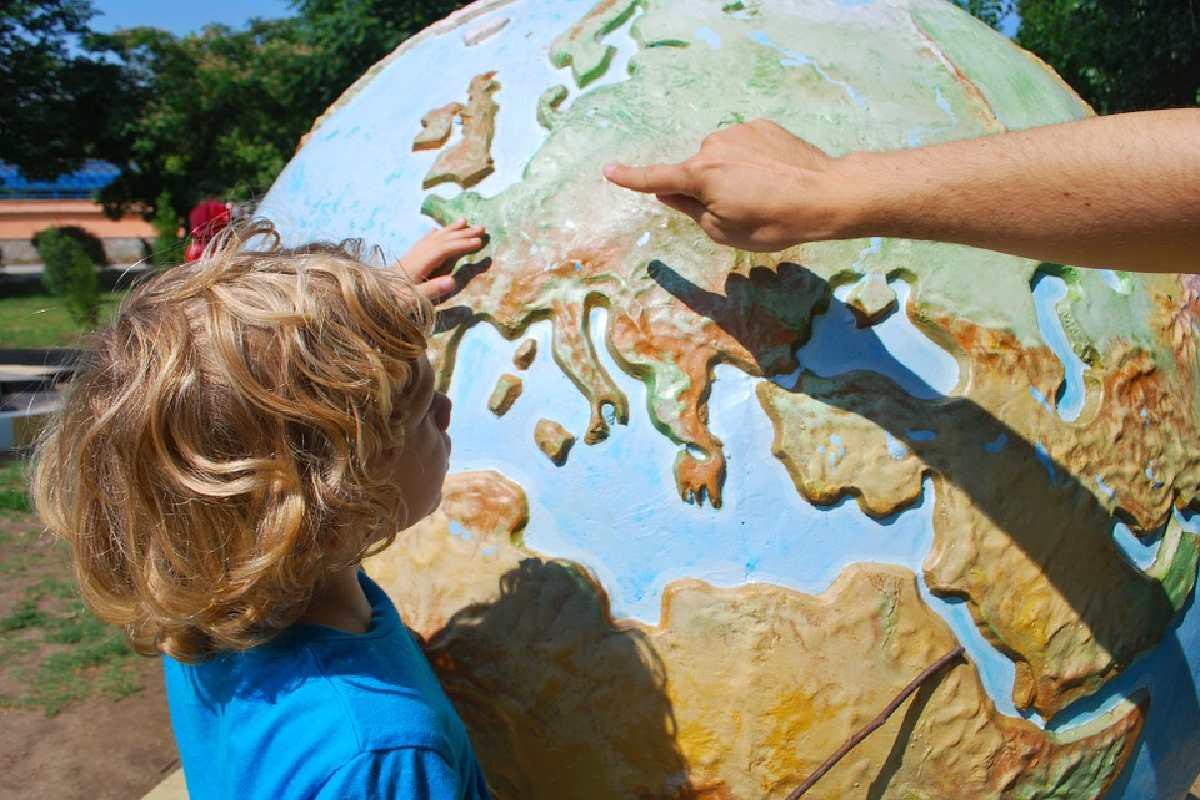AndWhat Kind of Education do You Want to Give Your Child? : We all want what’s best for our children. The formative years of your toddler-aged child are crucial for the trajectory of their development into adulthood.
While we’ve played an integral part in their growth since now, you can’t be expected to be the only ones facilitating their growth for good. It’s important to choose the right daycare and toddler facility to give them a chance to explore a new environment and grow on their own two feet.
As early as toddlerdom, there are different approaches and philosophies to education. Looking at Australia as a leading example, here are three of the accredited types of early education methodologies that make up most daycares.
Early Years Learning Framework
The Early Years Learning Framework (EYLF) is a national educational framework that encourages kids to explore the world around them, and is utilised by all qualified child care providers – see Gowrie NSW as an example. It emphasises play-based learning and creativity, along with child-directed approaches that give them the steering wheel when interacting with objects and others.
Three core values encompass this framework when dealing with a child’s growth. These are the 3 B’s: Belonging (who you are and your family), Being (make meaning of the world as a child), and Becoming (growing through experiences).
This learning approach is cater towards children ages 0 to 5 years old. This framework makes use of children’s inclination towards natural play. This includes both structured and spontaneous play, the former of which allows the teacher to participate and teach:
EYLF Principles
Educators abide by principles that guide them to consistently offer quality education. These principles include:
- Reciprocal and secure relationships
- Partnerships
- Respect for diversity
- Continuous learning and reflective practices
- High equity
EYLF Practices
Aside from the principles, eight practices help facilitate the learning experience of the children participating in the daycare. These practices are:
- Responding to children with respect
- Using holistic approaches
- Guided planning and structured learning through play
- Intentional teaching
- Valuing the home context of each child – cultural and social.
- Fostering positive physical and social environments that positively affect a child’s learning
- Enabling a child to continuously learn to prepare them for the eventual transition to the next stages of their school journey
- Monitoring and assessing a child’s learning and guiding them to achieve learning outcomes
EYLF Outcomes
The EYLF makes use of five learning outcomes that teachers and parents can use as reference in guiding a child’s developmental progression. These include:
- Children gain a positive sense of identity – they learn about themselves, remain and grow to be innately curious, and are respected.
- Children develop a sense of belonging – they understand their place in the community and learn ways how to reflect community values on their own
- The child develops well-being – they can cope with daily struggles, are healthy, and are socially functioning.
- Children are inquisitive learners – they love exploring and are active in the learning process
- Children can effectively communicate – Aside from words, there are also gestures, sounds, music, dance, and drama that make up ways to communicate.
The EYLF framework applies to children of all backgrounds. It works best when teachers and parents work in unison, seeing how the child grows and behaves, then applying it toward their learning progress.
Victorian Early Years Learning and Development Framework
The Victorian Early Years Learning and Development Framework is a state-wide framework introduced by the Victorian government that aims to help families raise competent and happy kids who will contribute positively to society.
It’s a slight modification from the country-wide early years learning framework. Instead of catering to children up to 5 years old, the Victorian EYLDF caters to children up to 8 years old.
It also takes into account the cultural context of the city and the Aboriginal and Torres Strait Islander population.
My Time Our Place Framework
Regarded as an extension to the early years learning framework. The My Time Our Place framework carries over the vision and outcomes of the former framework to students ages 6 to 12 years old. It also adds upon it and allows educators to weave it into the day to day activities of the learning environment.
Essentially, it aims to enrich child-led learning by educators who work collaboratively with the children, their community, and their families.
As it’s accredited by the Australian Children’s Education & Care Quality Authority (ACECQA), educators are expected to uphold the learning outcomes of the My Time Our Place framework. At its core, the framework develops opportunities for children to take part in leisure and play-based activities that provide learning opportunities.
And also, these types of learning experiences respond to their interests, choices, and needs – developing their sense of agency and upholding their thirst for knowledge at their own pace.
What’s Best for Your Child?
Now that you have a better understanding of the different education frameworks available for your child. What can you do with it?
While most daycares employ these educational frameworks, and for a good reason. There are still questions you can ask yourself to help you determine what best suits your child’s needs.
Ask yourself and the daycare these questions:
- Does your child have special needs? If yes, what does their learning need to focus on?
- What do you hope for your child to learn? How can it be met through education institutions?
- How prepared are you to invest in your child’s education?
There is no clear right or wrong answer when it comes to selecting a suitable daycare for your child.
Each educational daycare has its own merits and disadvantages. But the mission for mom, dad, and the facility is the same: to raise happy, healthy children who’ll turn into competent adults.
And also, so long that you’re involve in the development of your child. And remain in constant communication with the primary educator. You can rest assured that the foundation you’re building for your child is more than satisfactory.


